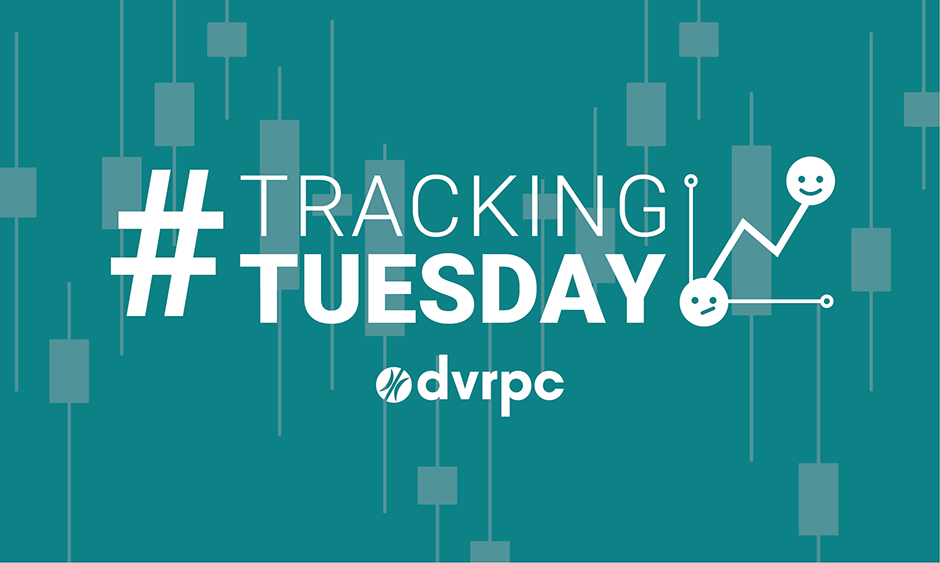
May 14, 2024
Newly released Transit Conditions data from the National Transit Database shows that from 2019-2022, nearly half of the region’s transit support vehicles are beyond their useful life benchmark (ULB), and roughly one-fifth of their transit revenue vehicles are in the same condition. Learn more in today's #TrackingTuesday.
Connections 2050 aims to ensure the region has a safe, accessible, and efficient multimodal transit network. Keeping the region’s transit vehicles and facilities in good condition is critical to accomplishing this goal. The better the condition of the region’s transit vehicles and facilities, the more reliable the service and the more people may be drawn to using transit. Increasing the share of people using transit in turn helps achieve other goals of the Plan, such as improving safety, both in terms of crime and vehicle crashes, reducing congestion, lessening stress on the highway infrastructure from excessive personal vehicle use, improving air quality, and reducing the region's carbon footprint.
This Tracking Progress update aligns the transit conditions indicator with the Federal Transit Administration’s Transit Performance Management (TPM) metrics. These metrics include the number and percent of revenue vehicles, such as buses, trolleys, subways, and other vehicles used for customer transportation, and non-revenue vehicles, such as vehicles used for maintenance, that meet or exceed their agency-defined useful life benchmarks (ULBs). The ULBs are measured by years in operating service and facilities in deficient condition, using a predefined rating scale and miles of track with operating performance restrictions.
Overall, the conditions of the region’s transit infrastructure have largely remained the same from 2019 to 2022. Between 35.1% and 47.8% of the region’s transit support vehicles have been in deficient condition, and 17.5 to 27.0% of the region’s revenue vehicles have been in deficient condition during that time frame. Less than 2% of the region’s passenger and administrative transit facilities and rail track have been in deficient condition during the same period. For more details on the condition of the region’s transit infrastructure, including transit conditions broken down by vehicle type conditions by mode and agency, facility conditions broken down by facility type and agency, and track performance restrictions broken down by rail vehicle type and agency, go to the “How are we doing?” tab in the Transit Conditions Indicator.
These measures cover only a small percent of the more than 6,000 different types of assets that our region’s transit agencies maintain. The condition of the region’s transit facilities, vehicles, rail tracks, and other transit assets is critical to service reliability and appealing to potential riders. For example, SEPTA has identified a $5 billion backlog of state-of-good repair needs. Worsening conditions can lead to loss of ridership and decrease the operating budgets of the region’s transit agencies. This in turn limits their ability to improve service. While the 2020 Coronavirus Aid, Relief, and Economic Security (CARES) Act temporarily made up for lower fare revenues, the region’s transit agencies are facing an operating budget fiscal cliff as those funds run out. Without additional operating funding to counter the loss of CARES Act funding, transit agencies across the nation may have to cut service, which would make it even more challenging to get back to pre-pandemic ridership levels.
You can contact your state and federal representatives if you want more funding to go to transit. Check out the “Resources” tab for more ideas on how to improve transit conditions in the region.
Want to download the data for your own use? Under each chart, find a link to the data in DVRPC’s Data Catalog. You can also explore other indicators in Tracking Progress, DVRPC’s interactive dashboard for exploring Greater Philadelphia’s progress toward the Connections 2050 regional Vision.